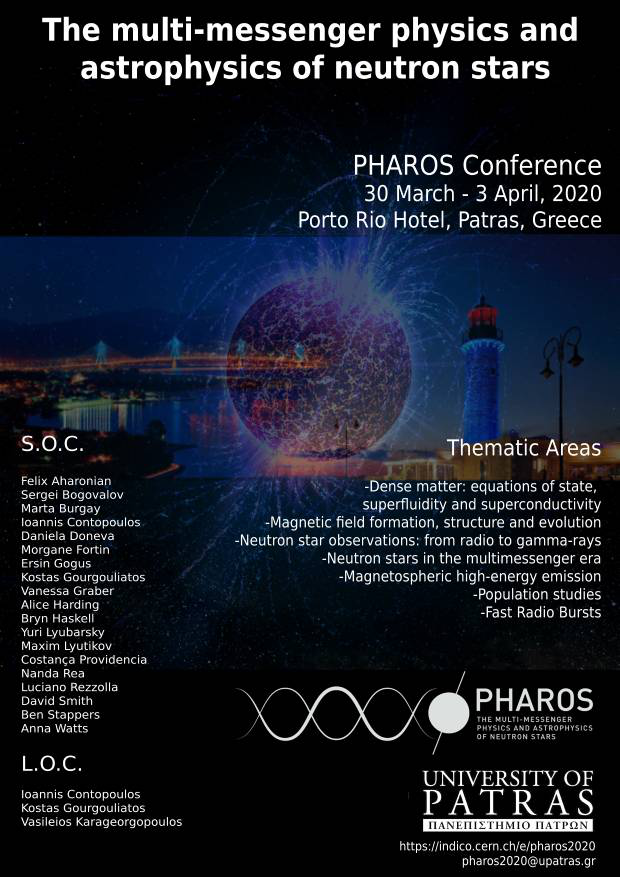Speaker
Description
A small fraction of neutron stars that can be timed to high precision lend themselves to the scientific endeavors of pulsar timing array (PTA) experiments, which have the primary goal of directly detecting low-frequency gravitational waves. The North American Nanohertz Observatory for Gravitational Waves (NANOGrav) is one such PTA experiment and has been in operation for more than fifteen years. NANOGrav currently times more than six dozen millisecond pulsars using a combination of the Arecibo Observatory, the Green Bank Telescope and, more recently, the Very Large Array. In this talk I will introduce the latest NANOGrav dataset, the analyses of which has produced a variety of results that inform a wide range of astrophysics. Besides the flagship analyses attempting to measure the amplitude of the stochastic background of gravitational waves, there are findings relevant to our understanding of the interstellar medium, the interiors of neutron stars, and beyond. The gravitational wave signals are thought to arise from the slow coalescence of supermassive black hole binaries (SMBHBs), and NANOGrav's projected sensitivity is such that even a non-detection after several more years of observations would have important consequences for our understanding of SMBHBs and their environments.

